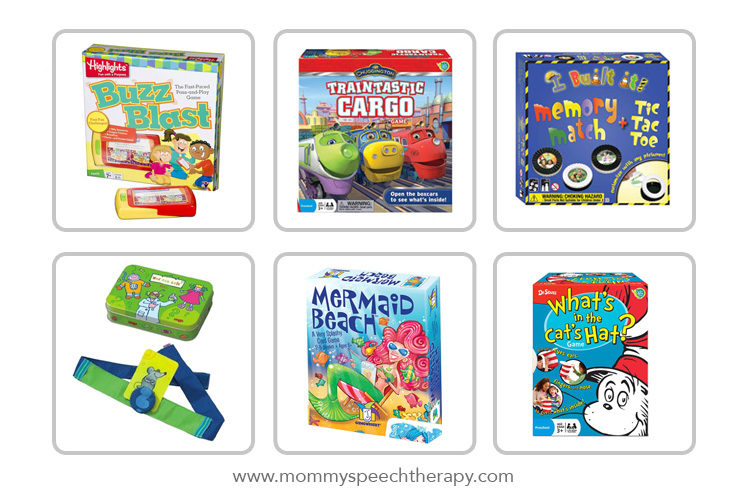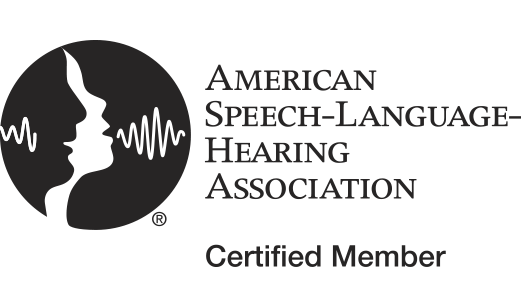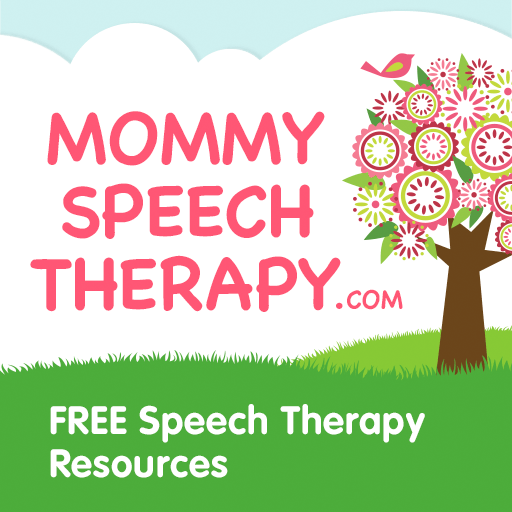Special thanks to Sherry Artemenko for sharing her post on some of the best new games and toys that enhance language learning for kids. I am so excited to pick up a couple of these myself to start using in therapy as well as with my own kids!


I have always used toys and games in my speech therapy sessions that are designed for all kids, meaning the fun factor comes first. It has been my passion to find outstanding products marketed for the general population, that have the DNA to build speech and language skills. I want to share some of my Best New Games for Speech Therapy:

1. Buzz Blast by Discovery Bay Games
I knew “Buzz Blast” was a favorite when kids begged to go first to share their answers as soon as a new challenge card was presented. Kids delighted in the timed task of coming up with original answers to four challenges: describing the differences between two pictures in “Check and Double Check,” filling in the blanks on “Silly Sentences,” answering abstract questions in “Brain Play” or blurting out their “Tongue Twisters.” Kids fed on each other’s creativity as they gave an answer, passed the Buzz Blast timer to the next player, and continued generating original answers until the buzzer went off—oops, you have to talk fast so you’re not left holding that buzzing buzzer! “My perfect picnic would include____ but no____, called up favorite foods, games and people, and even “making a new friend” to be perfect. Kids need to think in categories, describe, “How is a window different than a mirror?” use abstract reasoning, “Name a way you are like a pencil” and compare. You get the most for your money with this set of 4 games. Buzz Blast gets the conversation moving while building critical language skills:
- categories
- association
- similarities and differences
- abstract thinking
- can be used in later stages of carryover for articulation therapy
Recommended age: 7 and up

2. Chuggington’s Traintastic Cargo Game by I Can Do That! Games
Hang on to your conductor’s hat for a clever, multi-leveled, game of fun, strategy and learning. Drive your favorite Chuggington train into the depot to load up your boxcars, making sure your cargo is in the proper order. Spin to determine what boxcar to open and select tiny cargo pieces based on their color, shape or number. Faced with several options, players must decide what category to pursue to sequence their cargo pieces, matching a chosen Vee card. Ensuring that different ages can play together, the Vee cards are as simple as a sequence of five colors, or as difficult as ordering a combination of 5 numbers, shapes and colors. Kids loved opening the game board boxcars to retrieve their cargo, requiring an element of memory as players try to remember what car holds which cargo. All bets are off when a player spins “Move the Train,” and the circular board rotates to mix up the boxcars and their loot. Language is strengthened while kids learn early categories of color, shapes and numbers, as well as use the words to sequence their cargo–first, second, third, last–and pick up some emergent literacy skills while matching and ordering game pieces. This high quality game is enhanced by the packaging, providing a detailed town around the inside of the box to create more opportunities for talk. Language learning:
- vocabulary: colors, shapes, numbers, first/next/last
- learning sequences
- can be used as a reinforcing game for articulation therapy
Suggested Age: 3 years and up

3. I Built It! Memory Match+Tic Tac Toe by I Built It! Games
The possibilities are endless with Memory Match+Tic Tac Toe as kids create and customize their game before playing. Continually under construction, this set of games is flexible for endless fun and learning. Unscrew the 18 game pieces and insert your personalized pictures, drawings or stickers to set up for play. If you want to play Memory, be sure to draw in duplicate! A sample sheet is provided to jump-start your play. Extra free drawings–including 3-D Shapes and Numbers– are easily downloaded from their website or simply create your own. My kids started out coloring the pictures provided but wanted to customize the second round along their favorite theme. I used this game to teach what insects do to prepare for winter by having a child draw the insects in duplicate and giving facts about their survival when they made a match. The language learning potential is unlimited:
- vocabulary
- concepts
- emotions, facial expressions
- opposites
- sounds for specific articulation practice
- word-finding
Suggested Age: 3 years and up

4. Who Am I? by HABA Toys
Who am I? An astronaut? Rain boots? Or a fried egg? Ask the right questions and you’ll discover the answer. The “Guesser” straps on the headband, while the rest of the players select a picture card and attach it to his forehead with a cute question magnet. Through a series of yes and no questions, the child determines what picture is on his forehead. Guess your picture card before you use up your 10 tokens from “no” answers. All the pieces fit into a small cartooned tin which makes this game ideal for traveling in a speech therapist’s bag! This game is a great language building experience which is a load of fun:
- Asking and answering questions
- Thinking in categories
- Deductive reasoning
Recommended Age: 5 years and up

5. Mermaid Beach By Gamewright
Intrigued that a girl their age actually created this game, kids jump right into “Mermaid Beach” and love this beachy-Go Fish card game. There is no lying around on Mermaid Beach because you have to be on your toes to craftily play the right cards to empty your hand and possess the most high scoring shell cards at the end of the game. The colorful cast of undersea characters include Priscilla Pearls, Swirly Shirley, and Mussels Mark–a speech tongue twister in itself! Play your cards to win some shells, but watch out for Sneaker Waves who laps up an opponent’s shell card, or the yucky Seaweed that adds another card to your hand. Don’t be left with The Sea Monster or your tally will diminish. I’ve seen parents pick right up on teaching their child vocabulary of who has “more” or “less” shell points. Language lessons:
- beach vocabulary
- math vocabulary of more and less, 2 more than you, etc
- if/then discussing options and strategy
- articulation practice
Recommended age: 6 and up

6. What’s In the Cat’s Hat? by I Can Do That Games
Wait a minute, The cat just left his hat behind with a little surprise inside. It’s our job to guess what it is. Kids love being the Hat Master who selects an item from around the room, hides it in the hat and waits for you to guess. Each turn you choose two cards to ask questions of the Master –Is it round? Does it come apart? or carry out a clue–Lift the hat by the brim, or Feel the hat with your elbows. Little flaps open on the hat to give a smell, a peek (you only see shadows), or a feel of the object hidden inside. A language building game of deduction, “What’s In the Cat’s Hat?” gives kids lots of practice combining information, asking questions and describing the hidden object. After the clue to “Jiggle the hat,” my little friend said, “That gave me a clue, it’s heavy!” or after poking his finger in the hole he said, “It’s definitely hard.” Your therapy room provides all the variety for many rounds of this game. Kids selected a train car, remote control, cotton ball and scotch tape dispenser. Children had so much fun with this game, after an hour of play, one said, “Do we have enough time for another round? Of course! Language learning:
- Asking questions (kids are given some help with picture cards depicting the question
- Answering questions
- Descriptive vocabulary by category (how it feels, looks smells)
- Deductive reasoning
- Auditory memory
Recommended age: 3 years and up
Disclosure: The above products were provided for review by their companies.
![]()
For more than 30 years, Sherry Artemenko has worked with children to improve their speech and language, serving as a speech language pathologist in both the public and private school systems and private practice.
Prior to establishing Play on Words LLC, Sherry’s career as a speech language pathologist spanned 22 years in the Illinois and Connecticut public and private schools, where she worked with pre-school to high school-aged special needs children.
You can read Sherry’s full bio at her website www.playonwords.com






10 Comments